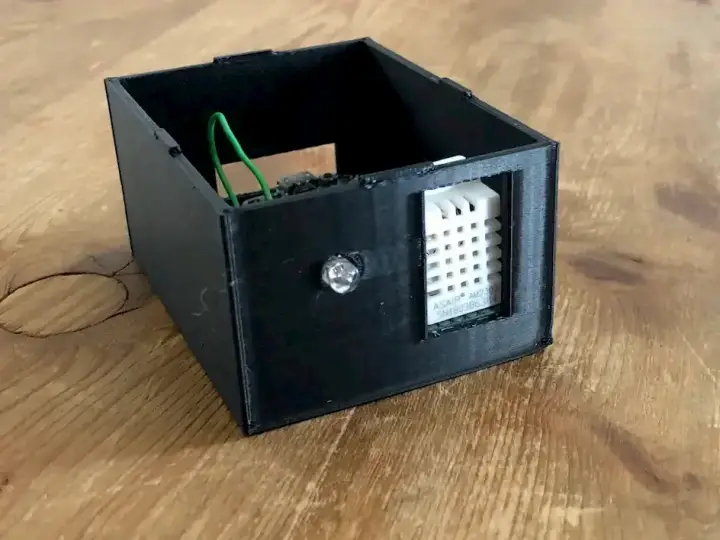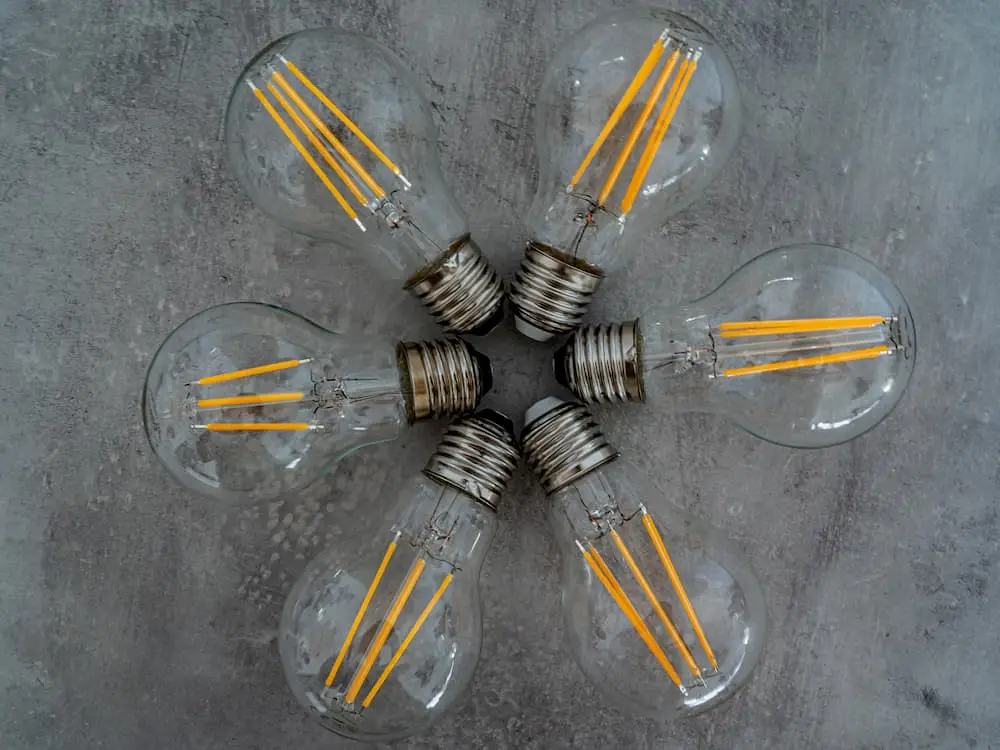How do Smart Home Devices Work?
Updated on 31st Aug 2020 20:27 in Smart
You may have heard the term "smart device" thrown around in many different contexts, TVs, refrigerators, light bulbs - but what is a smart device and how exactly do they work? There are a lot of different things marketed as "smart" these days, but we're going to be specifically looking at how smart home devices work. Big appliances like TVs, washing machines, and refrigerators can look quite impressive when the "smart" tag is thrown onto them - and in some cases, they do offer some great features. More often, though, it is mostly a gimmick to make products look more appealing, which is why we will be focusing on smaller devices such as bulbs or plugs.

Table of Contents
What is a smart device?
A smart device, often also an Internet of Things (IoT) device, is a device that operates using the Internet to perform tasks. They are called "smart" because they enable robust control from external sources, such as running on a set timer or being remote controlled. While we just said that these devices use the Internet to perform tasks, this isn't the complete story as many systems don't require the use of the Internet at all. These systems operate over a local network that exists within a given home or building and can use many different protocols to communicate.
Smart devices are typically designed to make life easier for their users, such as running the lights on a schedule to automatically turn them on at night and off during the day. This type of basic automation is the foundation upon which is built the entire idea of smart homes. Homeowners can now have many different tasks done automatically without the need to do it themselves every day.
Two major categories of devices exist, active devices and sensor devices.
Active devices
Active devices are what most people probably think of when thinking of smart devices. They are the light bulbs, plugs, locks, pumps, and any other equipment that act when they receive a command. By themselves, they are already handy, but their real strength appears when combined with the second class known as sensors.
Sensor devices
Sensors are any machine that collects information about something. As an example, a typical sensor is a thermostat which can measure the temperature and humidity of a room or house. These are useful because there can be any amount of them in a given home, allowing for the collection of a ton of information about various things. Check out this post about measuring a plant's soil humidity for another potential use of sensors.
Using the soil humidity system as an example, it will always be measuring the soil's moisture level and sending this value to the smart home controller. This value can be displayed on a dashboard for reference, or they can even be set up to trigger certain events when the moisture is above or below a setpoint. Let's imagine we also had a smart water pump; the controller could then automatically water the plant once the moisture level gets below a certain point.
How do smart home devices work?
So how do they work? It can vary a lot from system to system, but the general functionality is the same, a controller within the device will connect to a server over a network. It will then transmit any measured data to the server and accept commands that are triggered from a dashboard or by an automation. This communication is at the core of what makes equipment "smart", and the most significant difference between one system and another is the networking protocol they use.
There are a lot of protocols available, Z-Wave, ZigBee, WiFi, Bluetooth, Insteon, X10 - just to name a few. Each one has it's own pros and cons, but they all work on the same idea. The device sends updates over the network and waits for commands to come from the same network. The specific way each system operates is beyond the scope of this article, but there is one thing we want to answer about them.
Why do some devices require a hub?
Hubs are extraordinary pieces of hardware; they act as the controller for a network of devices, allowing them to communicate with each other node on the network. The reason some devices require the purchase of a separate hub is that unless you already have something to transmit and receive the signal that the system needs to operate, there is no way for a command you send to reach its destination.
Anything that functions using WiFi does not require a hub because, in essence, your WiFi router becomes the hub. WiFi has a few advantages, such as the price being lower since a hub isn't required and there are no licensing fees - as is the case with systems like Z-Wave. Systems like Z-Wave do have one significant advantage over WiFi, though, their mesh networking means that devices with constant power will act as a range extender. This means that a Z-Wave network can make use of only one hub while also getting more extended range than your typical WiFi router.
Getting the same result using a WiFi solution is a bit more complicated, as it requires the purchase of multiple range extenders or the installation of extra access points throughout the property to provide good signal coverage. Additionally, WiFi devices are sold with the promise of not requiring a hub, but of course, every device needs some kind of hub to function, so these devices are just moving this functionality into the cloud.
As a final note, there are some good arguments for avoiding cloud bound devices such as the fact that they require the Internet to work and rely on the company that made the product for the continued function of your equipment. Unfortunately, the dependence on the cloud is necessary for manufacturers to provide a decent user experience. Conversely, technologies like Z-Wave offer localized control without a need to sacrifice the experience as they can design the system from A to Z.
Summary
Smart devices are just equipment that makes use of network connectivity to provide more intelligent operation, such as turning lights on remotely or having the coffee machine turn on automatically in the morning. They do this either with a particular hub that communicates using a proprietary protocol or via an existing WiFi network. Either way, smart home devices are incredibly useful and can help make your home a little bit more comfortable.



